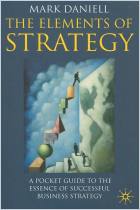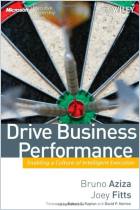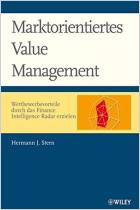
EVA and Value-Based Management
A Practical Guide to Implementation
Read or listen offline
Recommendation
Kudos to S. David Young and Stephen F. O’Byrne, management consultants who largely steer clear of their industry’s usual empty catchphrases and superficial hype. Instead, their lucid explanation of the importance of shareholder value takes center stage. The heftiness of EVA and Value-Based Management may be daunting, but most readers will be satisfied with Part I’s strategic overview. The concepts reappear in Part II accompanied by a wealth of technical details, calculations and case studies to help finance professionals with nitty-gritty implementation of EVA (Economic Value Added) programs. The book honestly assesses EVA’s power to motivate managers, noting that some companies just are not well-suited for this performance metric. getAbstract.com prescribes this book to corporate executives who have overdosed on consultant jargon but still want to drive value growth in their companies, and to finance specialists who seek a comprehensive roadmap to EVA implementation.
Take-Aways
About the Author
S. David Young is a professor at INSEAD, and a consultant on EVA and value-based management for several American, European and Asian companies. Stephen F. O’Byrne is president and co-founder of Shareholder Value Advisors, Inc., and former senior vice president at Stern Stewart & Co.















Comment on this summary or Comenzar discusión